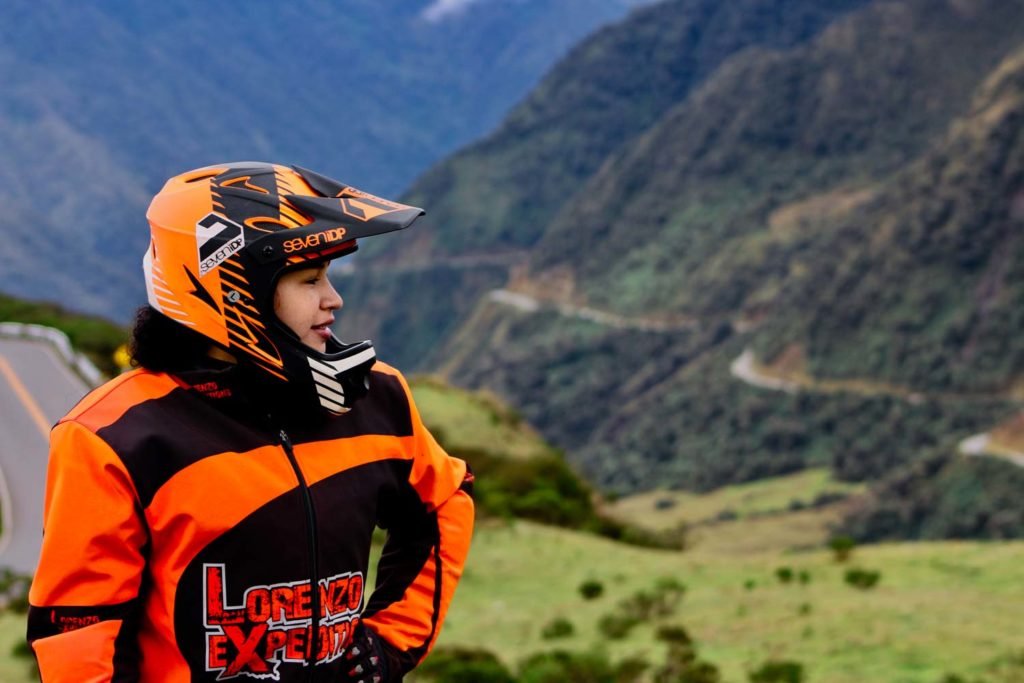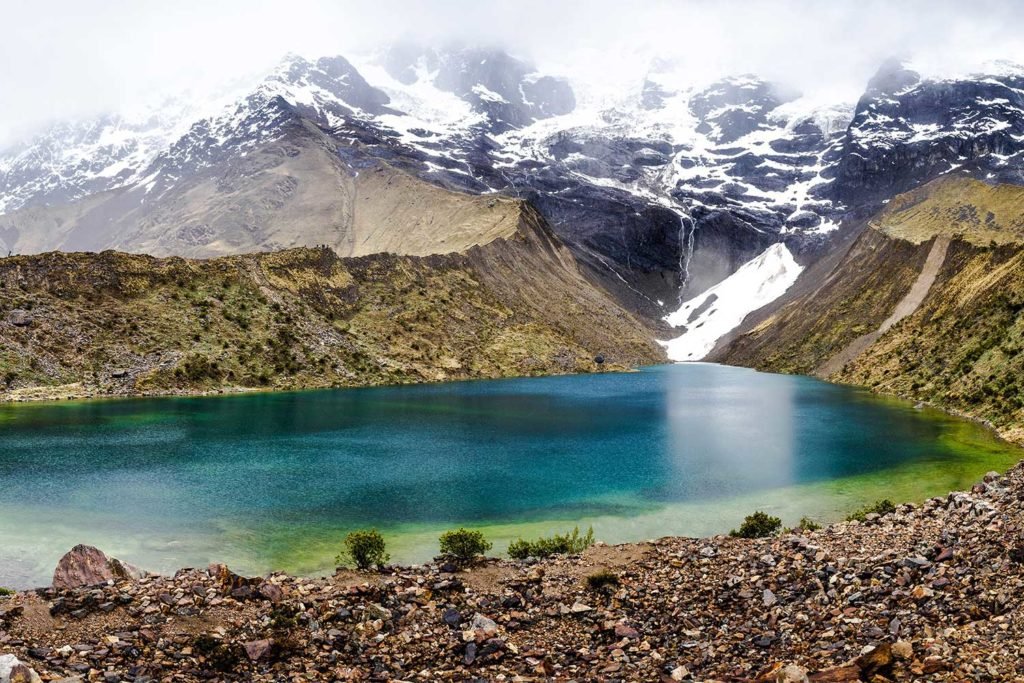Machu Picchu, a UNESCO World Heritage Site, is not only a symbol of Inca architecture but also a refuge of biodiversity. Thanks to its strategic location on the edge of the jungle, the Historic Sanctuary of Machu Picchu encompasses diverse ecosystems that support a rich flora and fauna. This makes it a natural sanctuary that combines history, culture, and nature in one place. In this blog, we will explore the flora and fauna found in Machu Picchu.

Flora of Machu Picchu: A Natural Treasure
➡ Orchids
Machu Picchu is home to over 300 species of orchids, which represent one of the most fascinating botanical attractions in the area. These flowers are known for their beauty and variety, with many species growing exclusively in this region. Some species, such as Masdevallia veitchiana, also known as the “Machu Picchu Orchid,” are endemic to this area.
➡ Quina Tree
The quina tree (Cinchona officinalis), a symbol of Peruvian biodiversity, is famous for its ancestral medicinal use. The indigenous people traditionally used its bark to treat malaria, as it contains quinine, a compound that effectively treats this disease. You can find this tree in the higher elevations of the sanctuary.
➡ Bamboo (Chusquea spp.)
The species of bamboo that grow in high jungle areas, such as chusquea, are essential to the ecosystem of Machu Picchu. They provide shelter and food for many local wildlife species, including birds and small mammals.
➡ Giant Ferns
Tree ferns, which can reach heights of up to 10 meters, are another natural treasure of the region. These ferns are remnants of past eras when these plants dominated the Earth. In Machu Picchu, you can find several species that contribute to the beauty of the landscape.
➡ Other Plant Species
- ✅ Ficus (Ficus spp.)
- ✅ Polylepis (paper trees)
- ✅ Chakra (native vegetables of the region)
- ✅ Cacti (various species)
- ✅ Matico (Piper angustifolium)
- ✅ Dragon’s Blood (Croton lechleri)
- ✅ Coffee (Coffea spp.)
- ✅ Cypress (Cupressus spp.)
- ✅ Palms (various species)
- ✅ Eucalyptus (Eucalyptus spp.)

Fauna of Machu Picchu: Diversity in Motion
➡ Cock-of-the-rock (Rupicola peruvianus)
The cock-of-the-rock, the national bird of Peru, is one of the most iconic species inhabiting the sanctuary. This bird, with its bright plumage in red and orange, is known for its striking courtship rituals and its habitat in cloud forests. Its presence symbolizes the natural wealth of the region.
➡ Andean Condor (Vultur gryphus)
The Andean condor, with a wingspan that can exceed 3 meters, is one of the largest flying birds in the world. These majestic birds can be seen soaring over the mountains surrounding Machu Picchu, utilizing warm air currents to glide over the valleys.
➡ Spectacled Bear (Tremarctos ornatus)
The spectacled bear is the only South American bear and is endangered. These animals are shy and difficult to spot, but Machu Picchu is one of the few places where they still inhabit. They are known for the white markings around their eyes, which give them their name. Their conservation is a priority in the region.
➡ Other Wildlife Species
- ✅ Vizcacha (Lagidium spp.)
- ✅ Margay (Leopardus guigna)
- ✅ Puma (Puma concolor)
- ✅ Andean Fox (Lycalopex culpaeus)
- ✅ Llamas (Lama glama)
- ✅ Butterflies (various species, including endemic ones)
- ✅ Insects (various species, including beetles and ants)
- ✅ Frogs (various species, including endemic frogs)
- ✅ Birds (over 300 species, including hummingbirds)
- ✅ Mountain Rats (Abrocoma spp.)
- ✅ Armadillos (Dasypodidae)

Conservation and Tourism: Protecting the Sanctuary
Tourism is a vital source for the local economy, but it can have negative impacts on the ecosystem if not managed properly. Therefore, the Peruvian government and environmental organizations have implemented various conservation measures in Machu Picchu. Some of these include:
- Regulating the number of visitors: To prevent deterioration of the natural environment, the number of people allowed to visit the sanctuary daily is limited.
- Defined routes: Specific routes have been established to protect the most fragile areas of the ecosystem.
- Environmental education: Tour guides promote the importance of respecting the flora and fauna of the area, and campaigns have been implemented to educate visitors about conservation.
In addition, there are reforestation projects and species protection efforts for endangered species such as the spectacled bear. Raising visitor awareness is key to preserving this natural and cultural treasure.
The flora and fauna of Machu Picchu are essential parts of its natural appeal. Every plant and animal that inhabits this area is part of a unique ecosystem that complements its historical and cultural value. Visiting Machu Picchu allows you to enjoy not only its stunning architecture but also its vibrant biodiversity.
👍 Plan Your Visit with Lorenzo Expeditions
If you want to make sure you don’t miss any of these attractions, plan your visit with Lorenzo Expeditions. With their local expertise, you can enjoy a personalized tour that will take you to all the most important points of Machu Picchu.

Don’t wait any longer! Book your trip to Machu Picchu with Lorenzo Expeditions today and discover the impressive biodiversity that surrounds this ancient Inca citadel. Imagine walking among exotic orchids, some of which only grow in this magical place.





